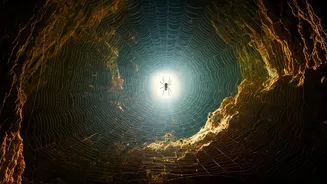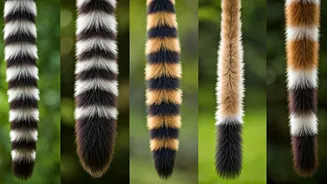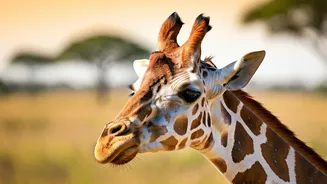Cave of Spiders
Deep within a Sulphur cave lies an astounding spectacle of nature: a massive spider web that houses an estimated 111,000 spiders. This remarkable 'megacity'
provides a unique glimpse into the collaborative lifestyle of these creatures, challenging conventional views on spider behavior. The cave's environment, enriched by the presence of Sulphur, offers a crucial habitat for the spiders. This environment enables a thriving ecosystem where spiders coexist in an extraordinary web of life. The discovery emphasizes the adaptability and resilience of these creatures, who have made this seemingly inhospitable environment their home. This extraordinary megacity is a testament to the diverse and complex forms that life can take, even in harsh conditions.
Collective Existence
The existence of this vast spider population within a single web hints at sophisticated cooperative behaviors. Rather than the solitary existence typically associated with spiders, the megacity suggests a level of social interaction and resource sharing. While the precise details of their social structure are still under investigation, the large numbers and shared web strongly suggest a level of collaboration. The spiders may communicate through the web's vibrations, sharing information and coordinating activities. The presence of so many spiders in one location leads to a fascinating study of community dynamics within an insect population, where individual survival is tied to the success of the collective. This kind of arrangement also presents opportunities for scientists to understand more about complex ecological balances.
Harsh Conditions Survival
The ability of these spiders to thrive in the harsh conditions of a Sulphur cave is a testament to their exceptional adaptability. The environment, influenced by the presence of Sulphur, presents unique challenges, including specific atmospheric conditions. The spiders have adapted to these stresses, possibly through physiological mechanisms or behavioral strategies that allow them to endure. Their ability to survive within the cave highlights their ecological niche, showing that spiders can endure and exploit unusual habitats. These spiders have become specialized to their environments and able to find a suitable niche within it. Further research may reveal more about how these spiders have become well-suited to this specific environment, offering valuable insights into the flexibility and robustness of life.
Web Structure and Purpose
The massive web structure within the Sulphur cave is far more than just a place to capture prey; it is a complex social network. The web spans the cave extensively, forming a shared habitat and providing numerous connection points for the spiders. This architectural design may provide vital support, making the area a secure place for the spiders. Moreover, the web likely plays a role in distributing resources and information, facilitating collective foraging and defense strategies. As an interconnected network, the web serves a multifaceted role in supporting this extensive population. The intricacies of the web's structure may reveal valuable information about the community's cooperative behavior and its adaptations to their environment.
Unveiling Discoveries
The discovery of the spider megacity opens new avenues for scientific inquiry, prompting investigations into various biological fields. Researchers are examining the spiders' social behavior, communication methods, and genetic adaptations. These studies shed light on the complex evolution of the insect community and offer comparisons to social systems in other animal species. The unique characteristics of this spider colony could change our understanding of how spider communities evolve and the environments that suit them best. The Sulphur cave offers a unique opportunity for scientists to enhance our comprehension of ecology, the processes of evolution, and the wonders of the natural world, revealing the potential for life to flourish even in unexpected places.







